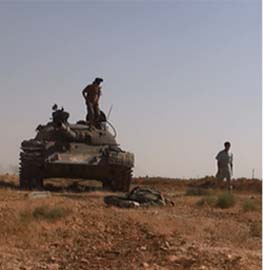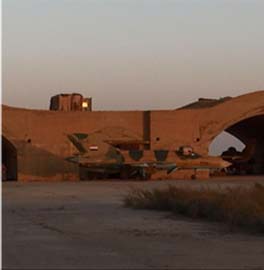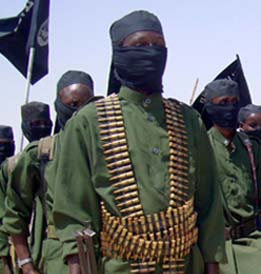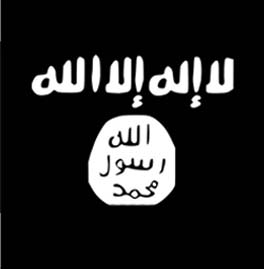
The border between Lebanon and Syria has witnessed intense clashes in recent days as the newly formed Syrian army deployed reinforcements to Al Qusayr in the western Homs Governorate. This escalation follows confrontations between Syrian forces and groups allegedly linked to Hezbollah and regional smuggling networks.
The clashes began when Syrian forces advanced into Haweek, a border town in Syria, as part of a security campaign aimed at shutting down smuggling routes for weapons and narcotics. According to the Syrian Ministry of Defense, the operation specifically targeted illicit cross-border activities.
The armed groups involved are affiliated with local Lebanese tribes, which straddle both sides of the border and cooperate with Hezbollah in smuggling operations. These groups managed to capture two Syrian soldiers, releasing videos of them being beaten before transferring them to Hermel, Lebanon. The men were later released. In response, the Syrian army sent additional reinforcements, engaging fighters from the Zaaiter and Jaafar clans and arresting 15 armed men.
These clashes are unsurprising, given that the Lebanese-Syrian border has become a major corridor for weapons and drug trafficking—particularly, the illegal stimulant Captagon—under Hezbollah’s supervision. The Iran-backed group has leveraged unofficial border crossings and allied Lebanese Shiite clans to facilitate its operations and sustain a parallel economy.
Despite the fall of Syrian dictator Bashar al Assad’s regime and Iran’s diminishing influence in Syria, Hezbollah remains entrenched in the border region. The group continues to exert control, maintaining its operational dominance through deep ties with local clans. This stronghold dates back to the 2013 battle of Al Qusayr when Hezbollah fought alongside Syrian government forces against rebels. Since then, the border area has served as a strategic base for Hezbollah’s logistical and security operations, including the transportation of weapons and narcotics.
The recent developments have prompted the Lebanese Armed Forces (LAF) to reinforce a border presence amid reports that Lebanese villages—Jermash, Qasr, and Sahlat al Maa—were struck by rockets and drones. The LAF released a statement on the operation:
Based on the directives of the President of the Republic, General Joseph Aoun, the Army command has issued orders to the military units deployed along the northern and eastern borders to respond to the sources of fire originating from Syrian territory and targeting Lebanese territory. These units have begun responding with appropriate weapons in light of the recent clashes, during which several Lebanese areas were subjected to shelling and gunfire.
Syrian forces claimed success in capturing several wanted individuals and seizing large quantities of weapons and narcotics. Additionally, the new Syrian army announced control over multiple villages, including Akoum, Blouzeh, Zeita, Heet, and Bweet.
Securing the Syria-Lebanon border remains a challenge due to the interwoven tribal networks, numerous illegal crossings, and difficult terrain that hinders monitoring efforts. While Lebanon has deployed border patrols, smugglers consistently adapt by finding alternative routes, making it nearly impossible to eliminate illicit activities entirely.
Hezbollah’s influence in Syria was once extensive, particularly in the border areas. With the fall of the Assad regime, Iran will likely continue supporting Hezbollah to secure its interests and maintain vital transportation routes. Iran’s most likely area to target would be the Syrian coast, where many of Assad’s officials fled and a stronghold of the Assad family and their Alawite community. The area saw the emergence of militias affiliated with former regime officials who have vowed to target members of the new Syrian administration. The Syrian coast also borders Lebanon, and its instability could lead to Iran leveraging the chaos for its benefit and rearming Hezbollah from that area.
Two major security challenges remain. First, the Syrian state is still in a fragile rebuilding phase. While it has launched operations along the Lebanese border, its forces are also stretched thin. Second, Lebanese political dynamics could further complicate the situation. President Joseph Aoun’s calls for Lebanese forces to strike Syrian units operating near the border adds another layer of tension. While Lebanon has historically protected Hezbollah despite the instability the group causes, the key question is whether internal political shifts will increase pressure on the group, or the Lebanese state will continue tolerating its presence—potentially straining relations with the new Syrian administration.







